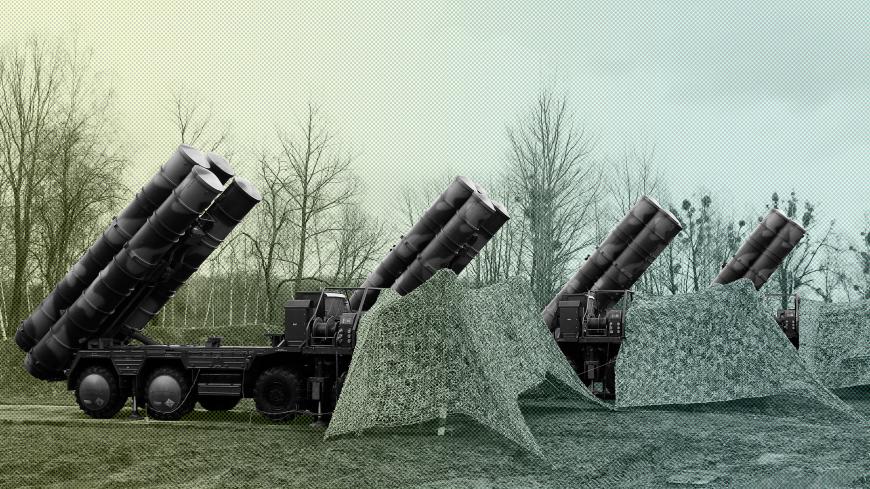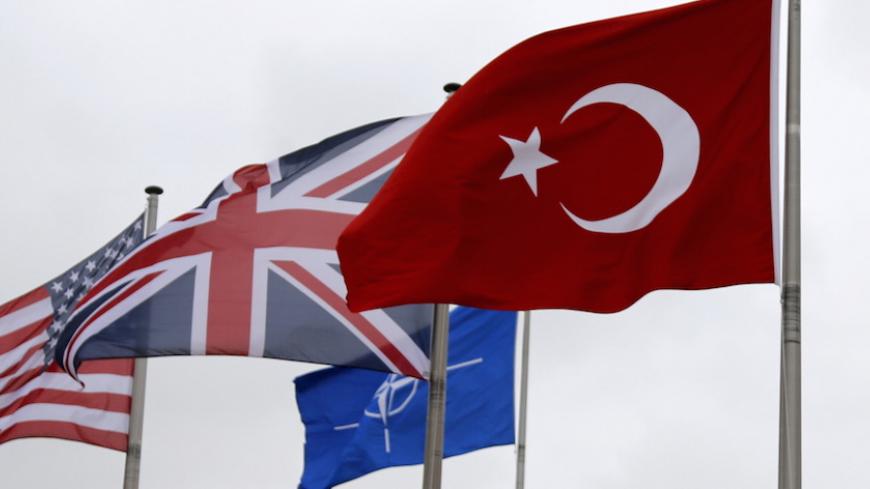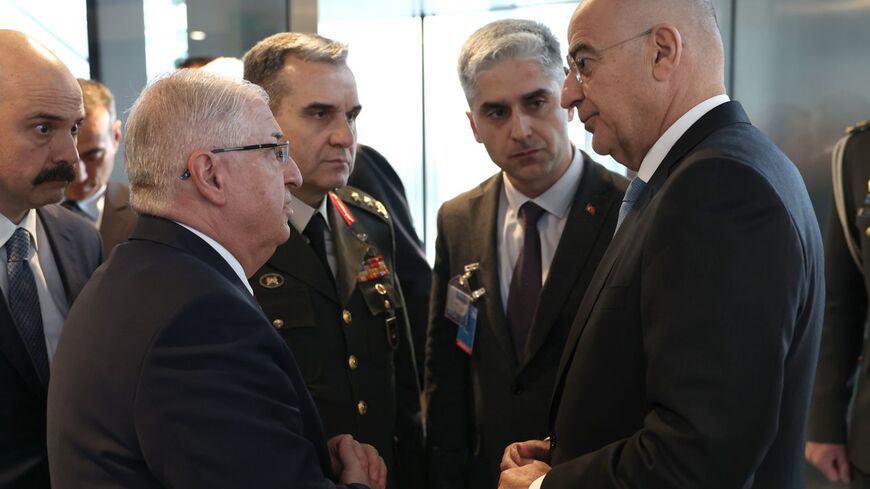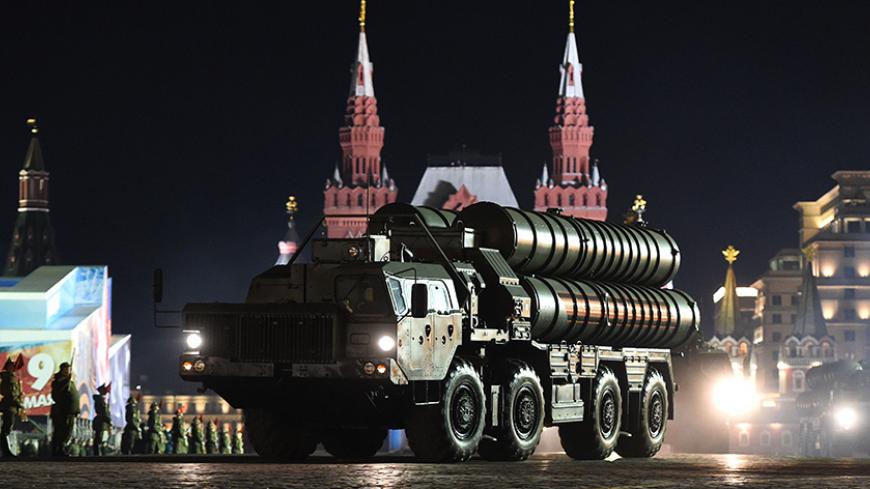Can Turkey help Europe build effective air and missile defense system?
With Turkey joining the German-led European Sky Shield Initiative, in the long run Ankara could use its burgeoning Hisar and Siper platforms to improve Europe’s air and missile defense.
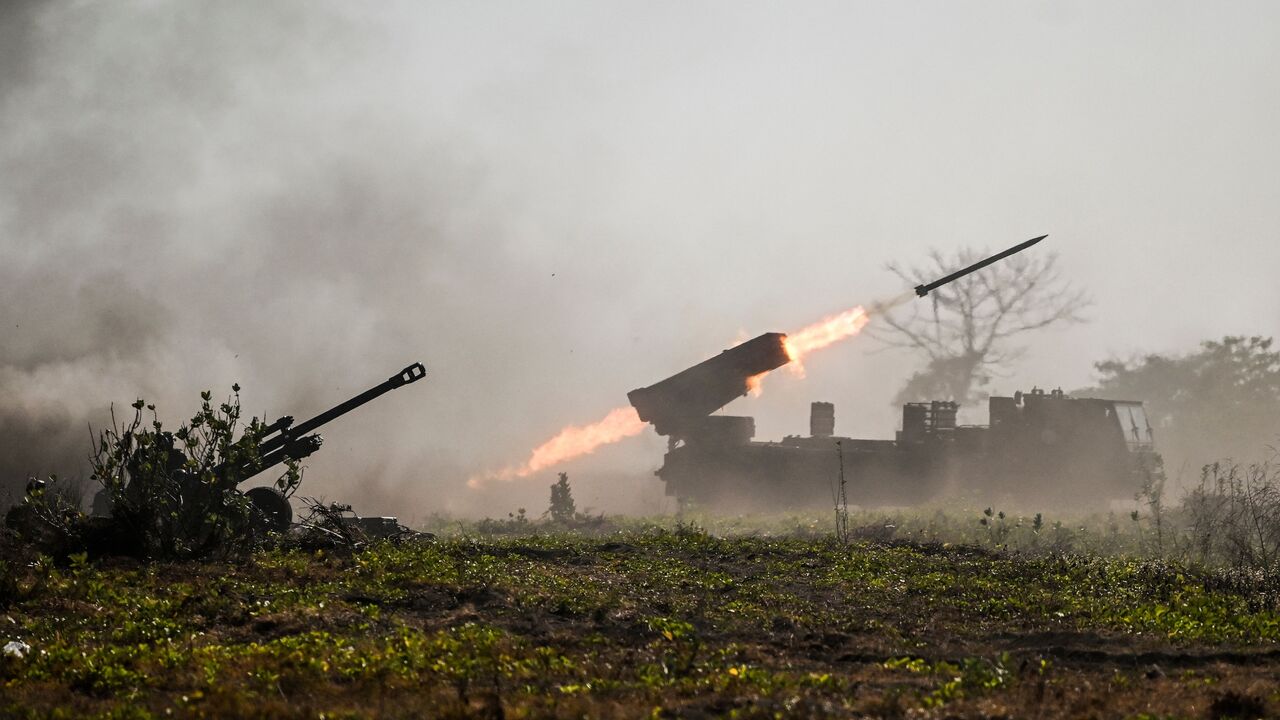
Turkey's move, along with Greece, to join the German-led European Sky Shield Initiative (ESSI) last February has prompted some experts to assess that the project might in the long-run provide opportunities for Turkey's locally produced and owned defense industry products.
The ESSI, a defense project involving 21 European countries, was launched in 2022, in the wake of Russia’s invasion of Ukraine that year, to develop a land-based, integrated, multilayered air and missile defense system using platforms made in Europe as well as in the United States and Israel. Industry experts believe Turkey's Hisar and Siper defense systems have the potential for significant synergy with the initiative, but also caution that such would only be possible in the long run.
Still in the planning phase, the current concept for ESSI is to integrate the US and Israeli–manufactured long-range and high-altitude Arrow 3 system, the US-made Patriot MIM-104 surface-to-air and missile defense batteries and the IRIS-T, a class of air-to-air and surface-to-air missiles produced by a German-led consortium. The goal is to provide a comprehensive air defense system for the European continent.
Germany announced in September 2023 that it would purchase the Arrow 3 at a cost of 4 billion euros ($4.3 billion). German lawmakers had earlier, in June, released an advance payment of approximately 560 million euros ($600 million), according to Reuters. Delivery of the system is scheduled for 2025. The Arrow 3 can engage incoming projectiles at great distances and high altitudes, including above Earth’s atmosphere, as demonstrated during the Iranian air attack on Israel in April, which was effectively thwarted only through a coordinated effort involving France, the United States, and regional allies, at a cost of $1 billion.
Subscribe for unlimited access
All news, events, memos, reports, and analysis, and access all 10 of our newsletters. Learn more
Continue reading this article for free
Access 1 free article per month when you sign up. Learn more.
By signing up, you agree to Al-Monitor’s Terms and Conditions and Privacy Policy. Already have an account? Log in


.jpeg?h=55541bb6&itok=O4UKQ9xt)
